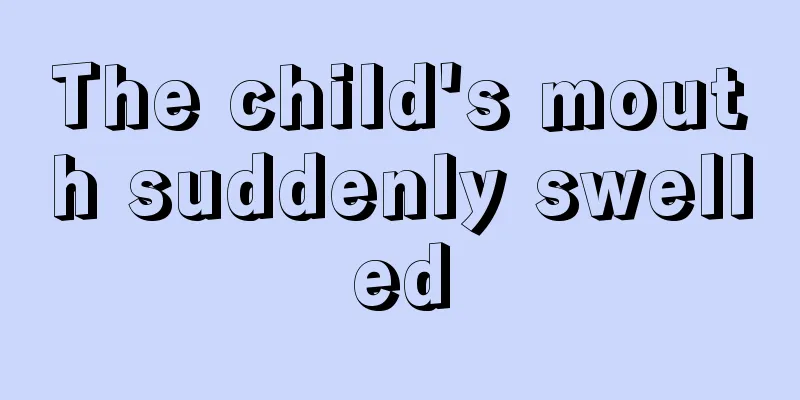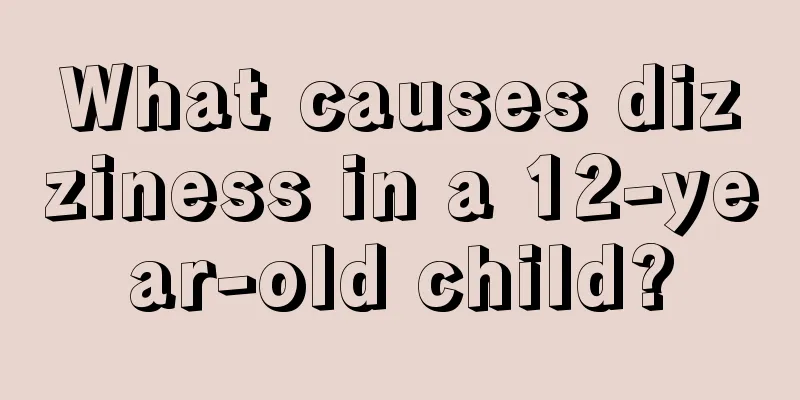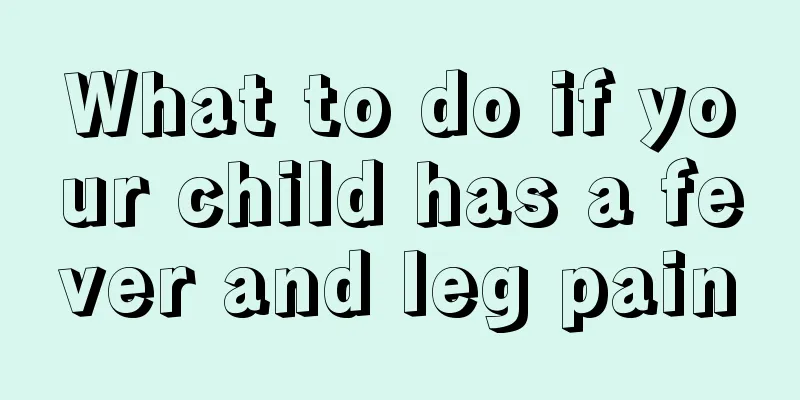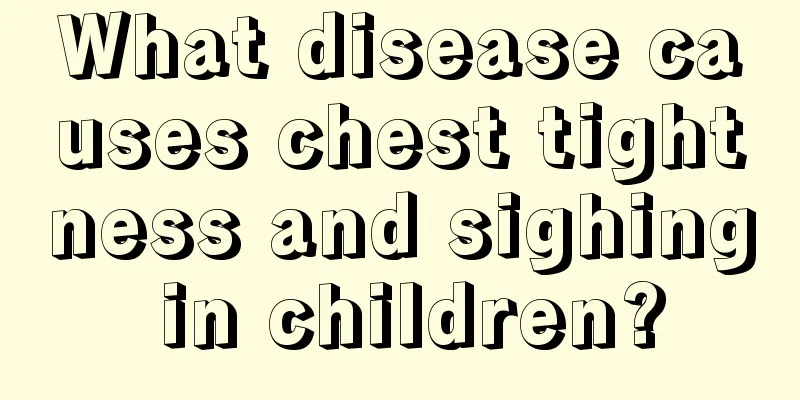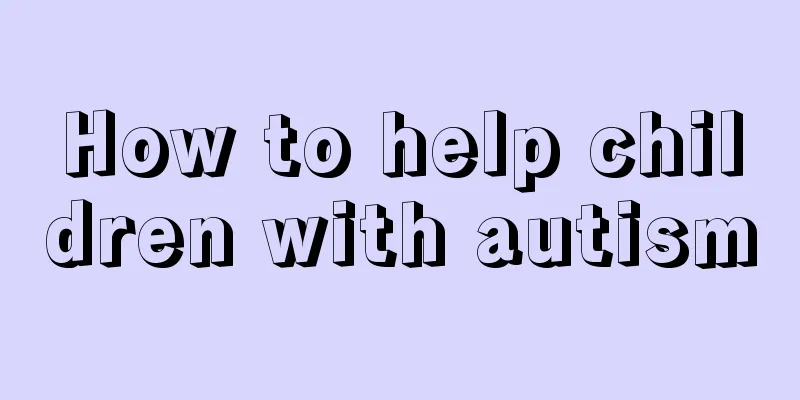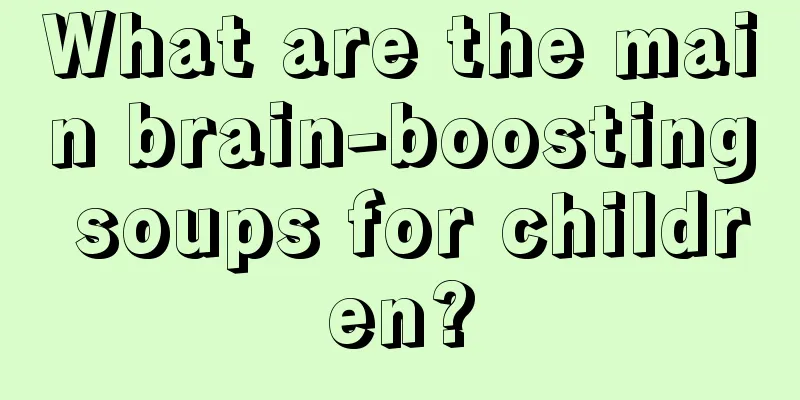What are the symptoms of increased intracranial pressure in children?

|
Increased intracranial pressure in babies has a great impact on them. If not treated in time, it will affect the baby's growth and development. In addition, young children with increased intracranial pressure may go into a coma. Some babies may even be life-threatening. Parents who are familiar with the symptoms of increased intracranial pressure can understand the condition in time and take their babies for treatment in time to avoid missing the best treatment time. Symptoms of increased intracranial pressure in children The main manifestations of increased intracranial pressure are headache, vomiting and papilledema, which are called the three main signs of intracranial hypertension. Among them, headaches are mostly persistent throbbing pain and paroxysmal aggravation. Coughing, sneezing or exerting force can aggravate the symptoms, and they are often aggravated in the early morning. Vomiting is often accompanied by headache, which is often projectile and can be relieved after vomiting. Papilledema is a reliable objective indicator for diagnosing intracranial hypertension. Long-term edema can cause optic nerve atrophy, decreased vision, and even blindness. For younger children, these manifestations of increased intracranial pressure are often difficult to describe, but increased intracranial pressure in children can also be seen in dilated scalp veins, bulging anterior fontanelles, suture separations, and increased head circumference. Symptoms of increased intracranial pressure (a) Headache. Headaches occur suddenly in patients with acute intracranial hypertension, while headaches develop slowly in patients with chronic hypertension. The pain is usually throbbing, distending or bursting. Straining, coughing, sneezing or defecation can make the headache worse. Sleeping flat or on the side with the head down can also make headaches worse, while sitting can relieve them. The early headache is obvious in the second half of the night or early morning, and then the headache is continuous with paroxysmal aggravation. The mechanism of headache may be related to increased intracranial pressure, which causes stimulation or stretching of pain-sensitive tissues in the brain. (ii) Vomiting. It usually occurs when the headache is severe, often in a jet-like manner, has nothing to do with eating, and may or may not be accompanied by nausea. It is more common in children. The mechanism may be that increased intracranial pressure stimulates the vomiting center in the medulla oblongata. Posterior cranial fossa tumors are often associated with vomiting. (iii) Optic disc edema. The early symptoms of optic disc edema are dilation of retinal veins in the fundus, congestion of the optic disc, and blurred edges, followed by disappearance of the physiological depression, bulging of the optic disc (up to 8 to 10 diopters), interruption of the veins, exudate in the retina, and flake or flame hemorrhages in and around the optic disc. In the early stage, it is considered normal or transient amaurosis. If the increased intracranial pressure does not improve, vision loss and secondary nerve atrophy may occur, leading to blindness. The mechanism of papilledema is mainly due to the increase of cerebrospinal fluid pressure in the intracranial arachnoid cavity, which increases the cerebrospinal fluid pressure in the optic nerve sheath, thereby compressing the optic nerve, slowing or stopping the axoplasm flow, and causing swelling of the optic disc. (iv) Changes in pulse, blood pressure and respiration. When intracranial pressure increases acutely or subacutely, the pulse is slow (50 to 60 beats per minute). If the pressure continues to increase, the pulse may increase. When intracranial pressure increases rapidly, blood pressure often also increases. The breathing frequency often changes, first deep and slow, then Cheyne-Stokes breathing, or shallow and rapid, and hyperventilation is not uncommon. (5) Consciousness and mental disorders. When the intracranial pressure increases sharply, it can cause coma or varying degrees of consciousness disorders, such as confusion and drowsiness. When the intracranial pressure increases chronically, the mildest symptoms are memory loss and inattention, while the severest ones may suffer from progressive dementia, emotional indifference, and incontinence. Psychiatric symptoms are more common in elderly and middle-aged patients. (vi) Others. Grand mal seizure, vertigo, unilateral or bilateral abducens nerve paralysis, bilateral pathological reflexes or positive grasping reflex, etc. |
<<: Intestinal polyps in children
>>: What is wrong with an 11-year-old wetting the bed?
Recommend
How tall is a 10-year-old child?
Children's growth and development is a very s...
What are some tips for treating baby’s runny nose?
When the weather changes, children are prone to c...
What are the methods for treating rhinitis in children?
The prevalence of rhinitis is gradually increasin...
Why do I have a lump on my arm after getting a vaccination?
Vaccinating your baby on time and according to re...
What should I do if my baby’s stool is brown?
There are many newborn babies who become sick due...
Prevention and care of baby's cough, sneezing and runny nose
In fact, babies have relatively low immunity, so ...
How do children grow taller?
Some children appear shorter than normal children...
What to do if the new teeth are crooked
When we were kids, we didn’t really pay attention...
Can children's ADHD be treated with traditional Chinese medicine?
Some children are hyperactive at school or at hom...
What to do about childhood asthma?
I believe everyone is familiar with the disease o...
What should I do if my baby keeps having a high fever?
Because babies are still young and their body fun...
What to do if your child coughs, especially after sleeping
Children are more likely to cough when they have ...
How to effectively correct children’s stuttering?
Nowadays, many children have stuttering symptoms ...
What should I do if my baby has small blisters on the back of his hand?
Generally, parents will panic when babies have a ...
Treatment of synovitis of the knee in children
As mothers, you should understand very well the p...
